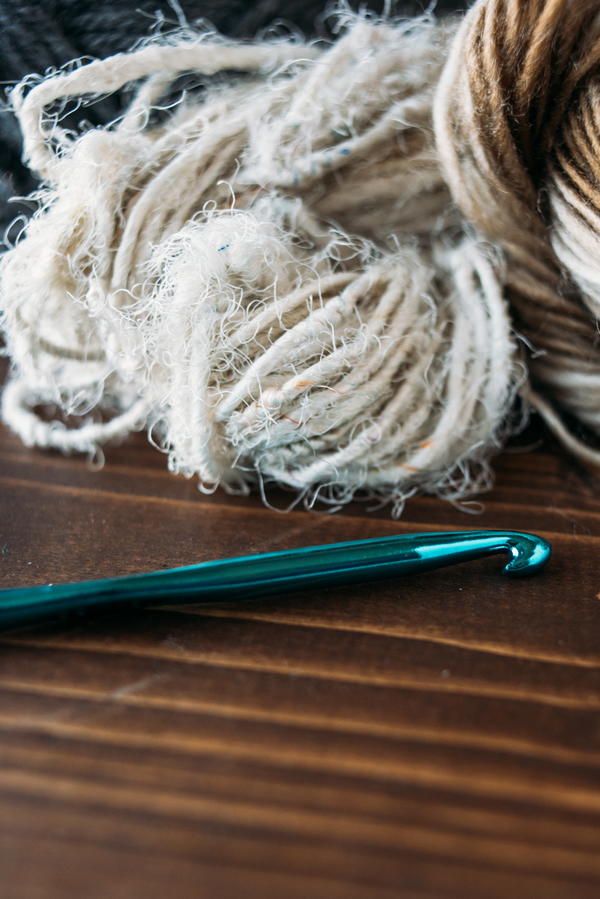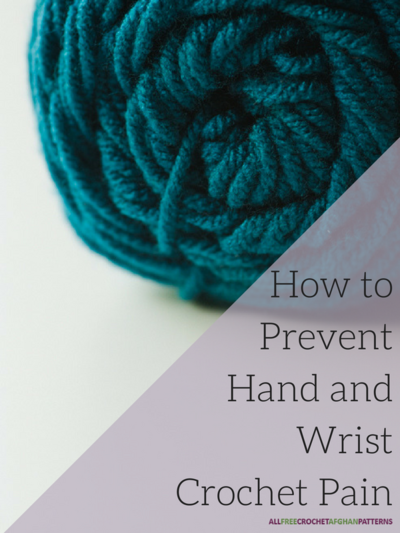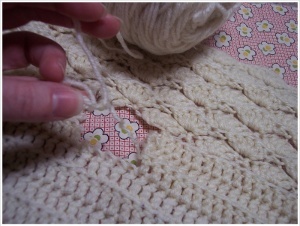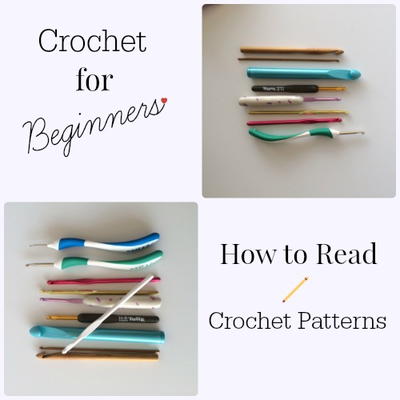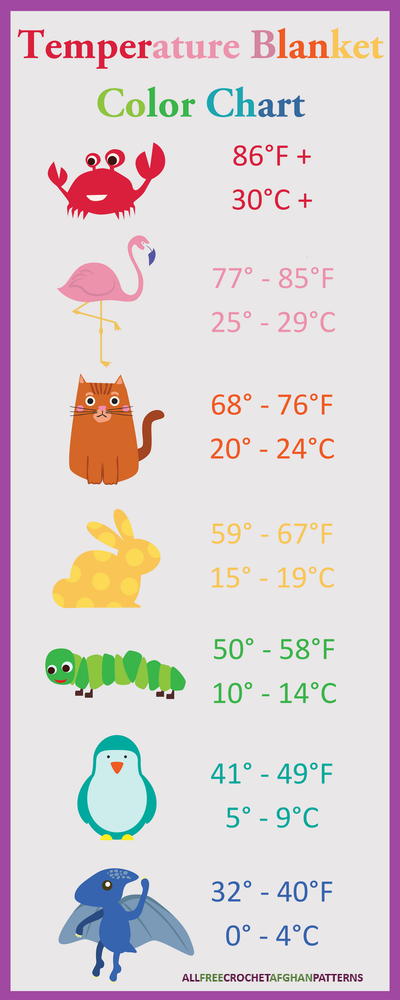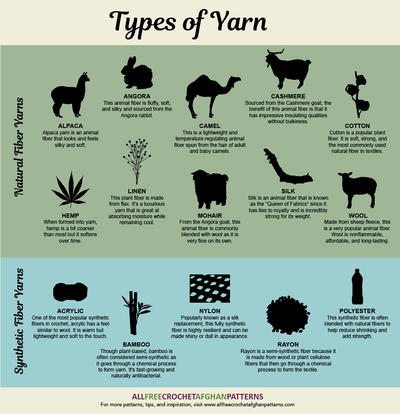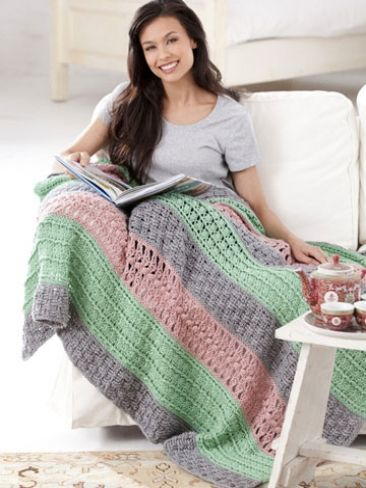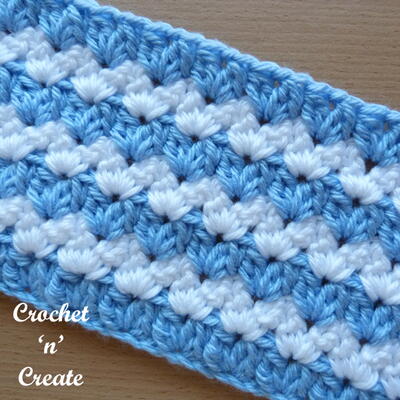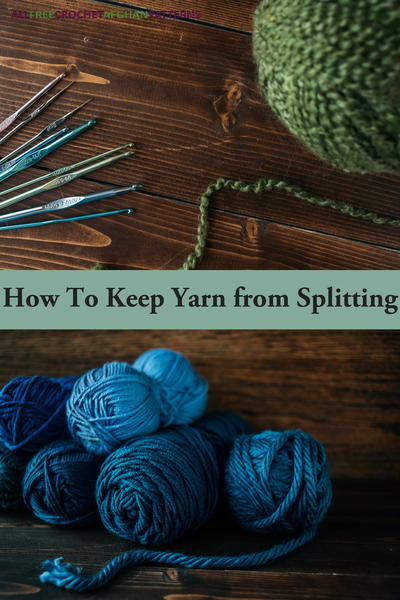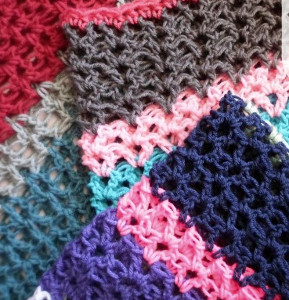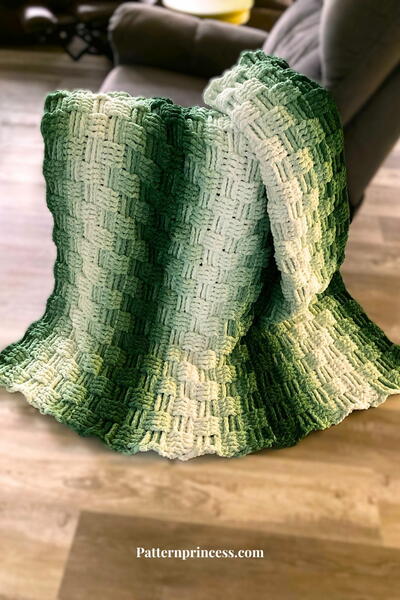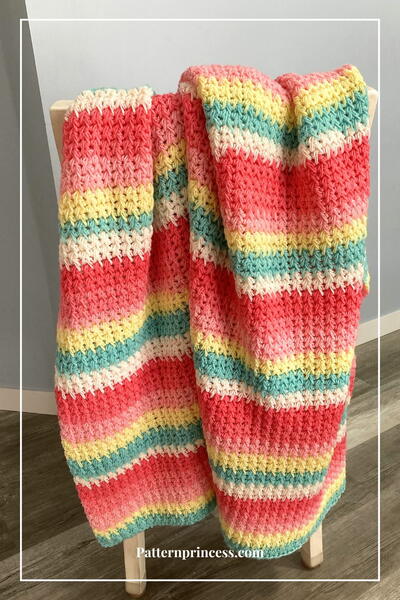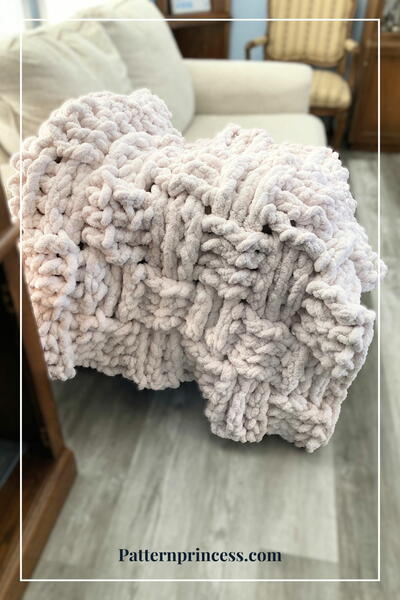How to Prevent Hand and Wrist Crochet Pain
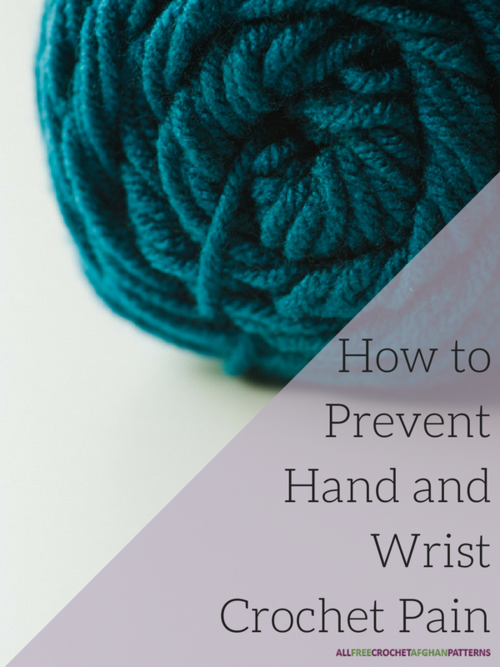
If you’re looking for a nice, relaxing pastime, there are few better than crochet. It’s a wonderful hobby that just about anybody can do. However, there are hidden dangers to this seemingly safe activity. If you crochet for too long, you just might find yourself in a painful situation. If you’ve ever experienced blisters or cramping as a result of crocheting, you know just how unpleasant that can be. Fortunately, there is a solution. Keep reading to find out How to Prevent Hand and Wrist Crochet Pain.
Whether you're just starting out or you're an old pro at the craft, chances are you've encountered at least some amount of hand strain or wrist pain from crocheting. There’s a ton you can do to avoid serious hand and wrist injuries from crochet. From simple fixes like taking breaks and stretching to more involved solutions like DIY hook handles, you’ll find an answer to your hand and wrist pain here. Even if you haven’t experienced blisters or cramping of your own, these tips are great preventative measures to ensure that never happens to you.
Better Hook Options
If your big problem is blisters, you probably don’t need to undergo some dramatic transformation to your craft station or crochet habits. Likewise, if all you’re experiencing is the occasional hand cramp and not some sort of more pressing, major pain, then the solution is pretty simple: you need to switch up your hooks.
There are a few options for this. You could buy hooks that come with handles or special ergonomic hooks that take some of the tension out of your hand. However, if you’re particularly attached to the hooks you already own or you just need a quick fix now, there are some at-home modifications you can make.
The Shelf Liner Method
Temporary modifications are great if you have hooks you don’t want to permanently alter or you need an easy fix that you only have to make once and can apply to whichever hook you’re using at the time. Andee Graves from Crochet Uncut recommends using shelf liner.
- Materials: Shelf liner, small elastics or rubber bands, scissors, a permanent marker
- Cut the liner however wide you want it to be
- Roll it around the hook and secure with the elastics
- Mark the size of the hook on the outside of the liner
- For a more tapered look, cut at an angle rather than a straight line. The angle should be deeper on the side closer to the hook and more shallow on the side closer to the end.
Permanent Modifiers
If you want a more permanent fix, you have a few options.
- Polymer Clay: Clay is easy to use and you can mold in exactly the shape you want, but it can be a little heavy, especially if you use it on a smaller hook.
- Papier Mache: Papier mache is similar to polymer clay in that you can mold it however you want, but unlike the clay, it is much more lightweight. However, it can be a bit fragile, and also a little more difficult to work with if you don’t know what you’re doing.
- Felt: Felt is a great lightweight option to just add a little bit of extra cushioning. It doesn’t necessarily have to be permanent, either, though if you don’t glue it down, it does run the risk of slipping.

Changes You Can Make
If you’re experiencing more than the occasional bout of hand and wrist pain, you might want to consider changing up the way you work. Whether it’s a question of your technique, the setup of your work space, or another issue, there is always something you can do to give yourself a better crochet experience.
- Pay attention to the way you’re sitting: Your hands might be taking on unnecessary strain to make up for bad positioning, according to Margaret from Lion Brand. Your back needs to be supported and you need lots of room to move your elbows and arms.
- Take breaks: A lot of the pain you’re experiencing can be attributed to too much repetitive movement. Every so often, take at least a 15 minute break and switch gears completely. Go for a walk, fix yourself a snack, or read a book — any activity that takes the strain off your hands and wrists. It’s important to be proactive about this; if you wait until your hands start hurting before you take a break, it’s already too late.
- Stretch and massage your hands: In addition to the longer breaks mentioned above, Kat Goldin from The Crochet Project recommends taking a stretch break every 20 minutes. Flex your fingers as far as they’ll go, then make a fist for five seconds. If you do this ten times, the pain should subside.
- Strengthen your hands and wrists: The stronger a muscle is, the less likely it is to hurt when you use it. Try and do some basic and and wrist exercises to build up strength whenever you can.
- Switch up your projects: Even something as small as working with a different hook size and yarn type can make a big difference, Goldin says. For example, linen and cotton are fabrics that have less give and stretch, which means you have to work that much harder when you use them.
Read NextPuff Spike Crochet Stitch Tutorial

